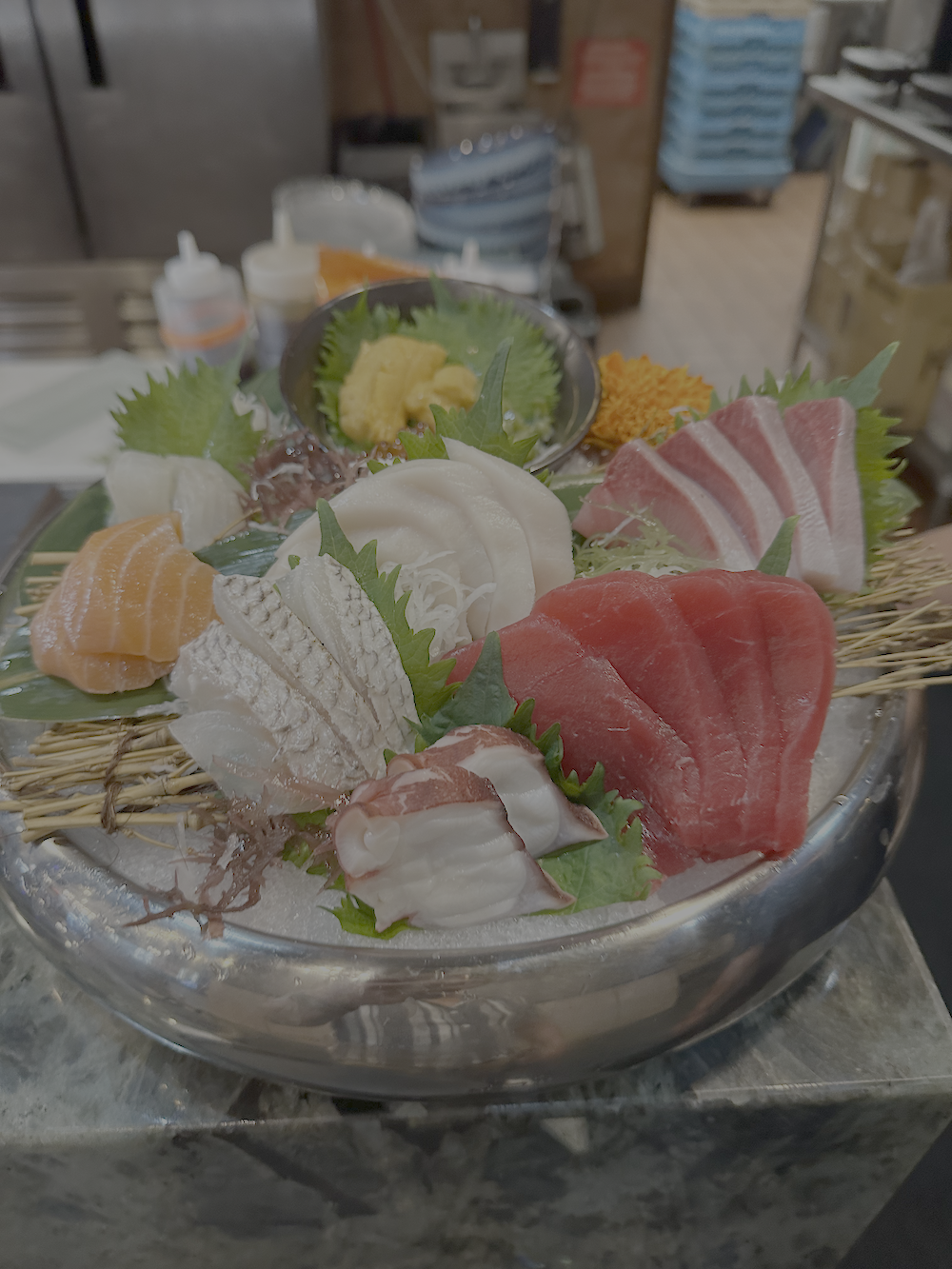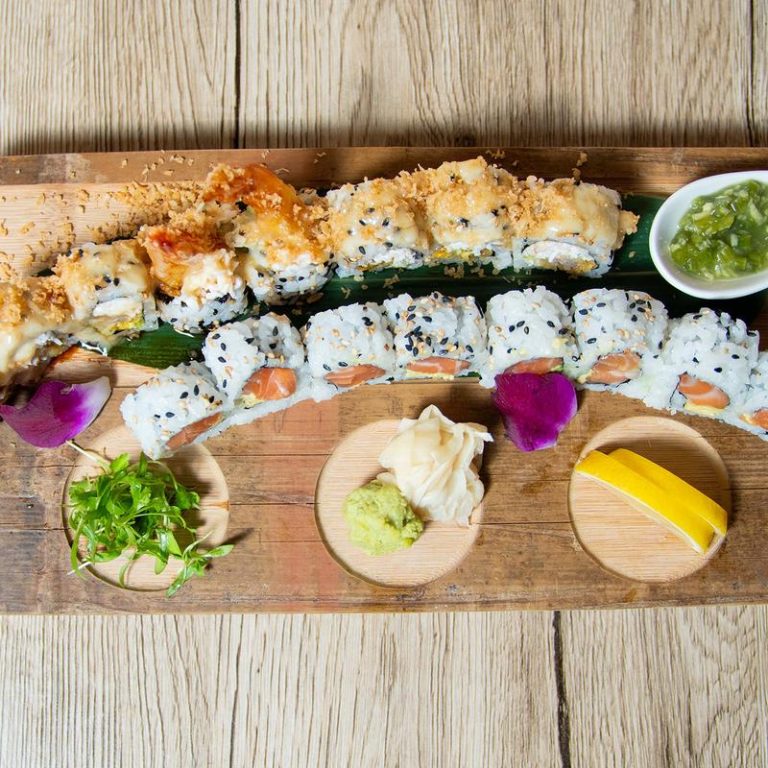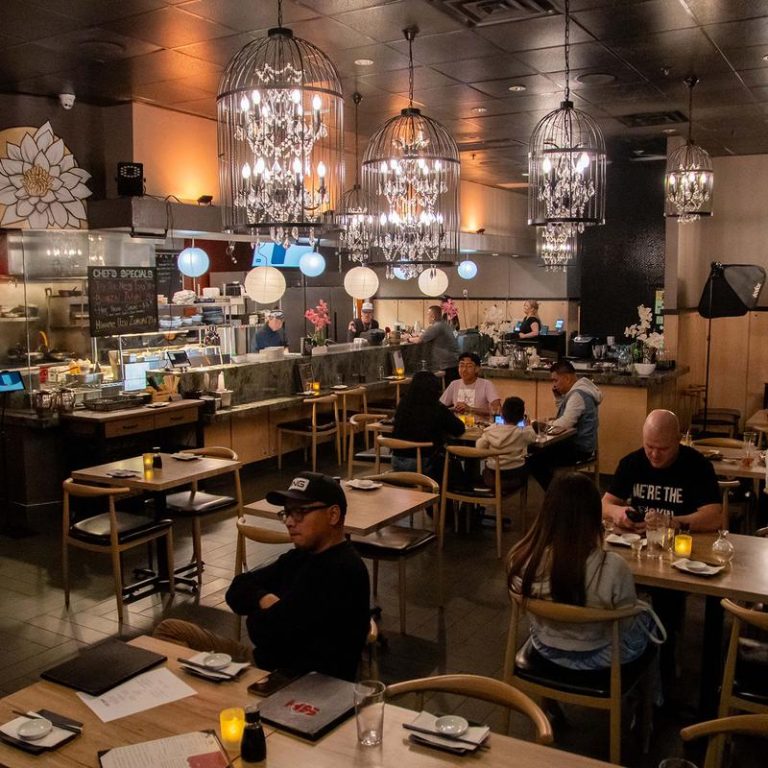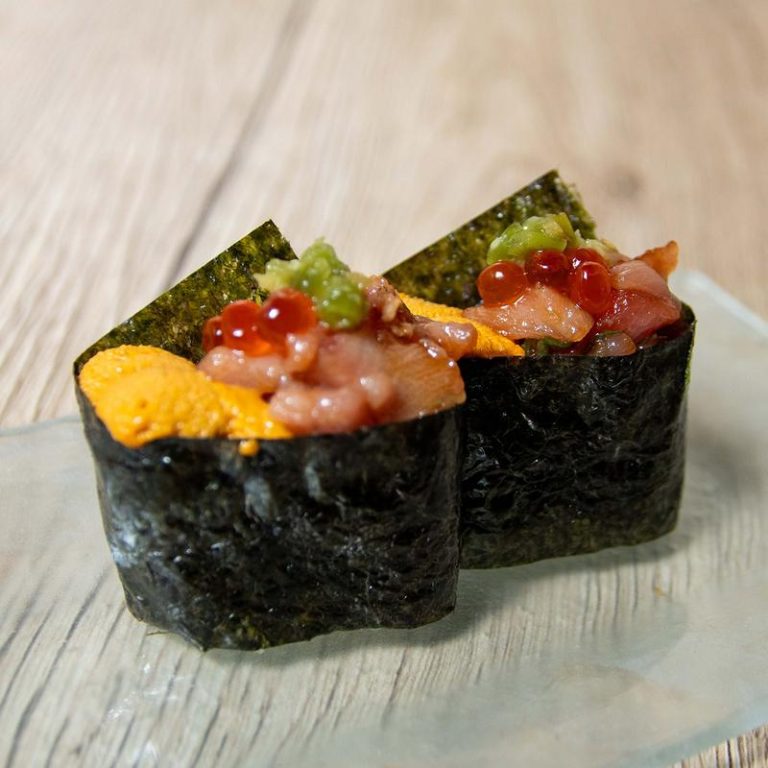One of the amazing experiences of stopping by a Japanese restaurant, is to smell delicious foods like beef or shrimp being grilled for hungry guests. Japanese food smells amazing, and tastes just as good. When you look over a menu at the many options available, have you ever wondered what the difference between Teppanyaki and Hibachi is? Here are the key differences.
Teppanyaki Dining
While both styles of cooking involve grilling, there’s some key differences between them. Teppanyaki is possibly the more well known style, because of the theatrics associated with it. The chef usually cooks in front of the guests, wowing them with their culinary skills as they cook.
Some chefs can make quite a show of their cooking skills, making volcanos out of onions or catching an egg in their hat. Others can cut vegetables at high speeds or arrange the food beautifully.
Teppanyaki dining usually has the guests seated at a table that completely surrounds the grill, so everyone can get a look at what the chef is doing.
The grill itself is a flat iron grill that allows a great deal of food to be cooked on it all at once.
Hibachi Style
Hibachi style goes back to small, charcoal grills that were once common place in Japanese homes. These small grills allowed food to be cooked in a more flavorful way. Hibachi style can also sometimes have a performative aspect to it as well, but is usually more focused on producing great food.
Hibachi translates to, “Fire bowl” in Japanese, but in today’s restaurants it’s often gas instead of charcoal based. The key difference is in the grill itself, with the hibachi style grill allowing for a more smokey flavor to it.
This style of cooking is considered more causal than Teppanyaki, but the food can also be comforting and delicious in its own right. There’s no wrong way to enjoy these delicious foods.
Sauces vs. Direct Flavor
Different types of meals are also designed for different grills. Teppanyaki style often has sauces and seasonings stir-fried into the food, while Hibachi usually focuses on grilling simpler meats and vegetables. Hibachi is perfect when you want the ingredients to speak for themselves.
In short, Hibachi and Teppanyaki have some similarities—they’re both delicious food cooked on a grill. What makes them different is the kind of grill used, and the foods that go on it. When you want a stir-fried style food with a performance to go with it, Teppanyaki can be a good choice.
On the other hand, if you love a good yakitori and want to focus on those flavors, nothing beats the experience of getting one fresh from a grill. Yakitori allows the flavor of the chicken to shine through, without bogging it down with heavy seasonings or sauces.
If you’ve never had the experience of these different grilling styles, try stopping by Soho Japanese Restaurant. Both are available there. Try both, and see which experience is your favorite.



